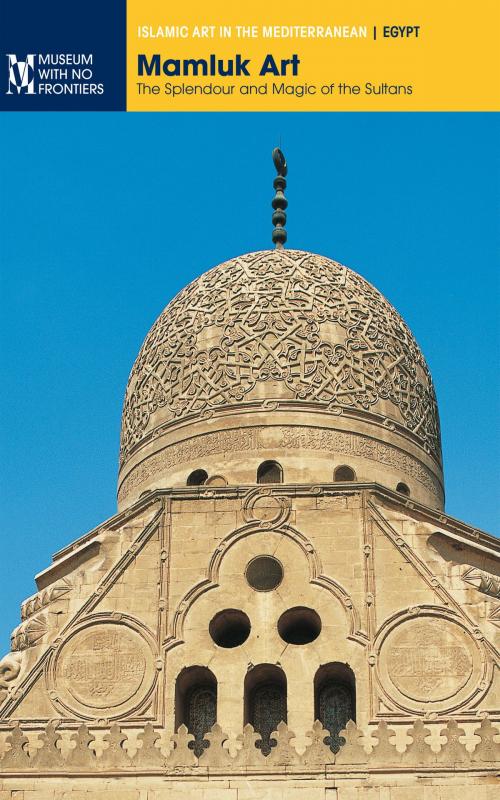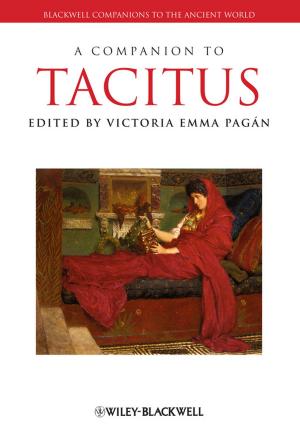Mamluk Art: The Splendour and Magic of the Sultans
Nonfiction, Art & Architecture, General Art, Travel, History| Author: | Salah El-Behnasi, Enaam Selim, Abdulla Abdel Amir El-Attar, Ali Gaballa Gaballa, Mohamed Hossam El-Din, Mohamed Abd El-Aziz, Atef Abdel Hamid Ghoneim, Medhat El-Manabbawi, Ali Ateya, Ali Torky, Gamal Gad El-Rad | ISBN: | 9783902782038 |
| Publisher: | Museum With No Frontiers, MWNF (Museum Ohne Grenzen) | Publication: | December 15, 2009 |
| Imprint: | Language: | English |
| Author: | Salah El-Behnasi, Enaam Selim, Abdulla Abdel Amir El-Attar, Ali Gaballa Gaballa, Mohamed Hossam El-Din, Mohamed Abd El-Aziz, Atef Abdel Hamid Ghoneim, Medhat El-Manabbawi, Ali Ateya, Ali Torky, Gamal Gad El-Rad |
| ISBN: | 9783902782038 |
| Publisher: | Museum With No Frontiers, MWNF (Museum Ohne Grenzen) |
| Publication: | December 15, 2009 |
| Imprint: | |
| Language: | English |
From slaves to sultans, the history of the Mamluks is one of a prodigious rise to power, an epic worthy of a place alongside the most exciting of adventure novels. Palace uprisings, bloody intrigues, murders, but also a visionary organisation, an iron discipline, heroic campaigns, a fierce willpower, a keen sense of politics and diplomacy alongside commercial expansion. Little known until quite recently, the Mamluk era is possibly the most enigmatic period of Muslim Egypt, which led to Islamic supremacy in the Mediterranean at levels of splendour and prestige never before realised and never equalled since. The Mamluk sultans used architecture as a power-legitimising weapon: a demonstration of strength and stability. Making use of all available sources this Exhibition Trail provides the real backbone for the understanding of today’s Cairo and the fundamental role of the Nile in the identity of Egypt: a stimulating vision, in print for the first time, spanning three conquering, festive, scholarly and inventive centuries where the animation of grand ceremonies, organised on the occasion of the enthronement of a new sultan or at the beginning of Ramadan, is witnessed. One is, therefore, intrigued and fascinated but not surprised by the monumental character of the countless religious or civic buildings palaces, mosques, madrasas, mausoleums, hospitals, major multifunctional centres, works of art with which the Mamluk sultans embellished their successive capitals and particularly the town of Cairo.
From slaves to sultans, the history of the Mamluks is one of a prodigious rise to power, an epic worthy of a place alongside the most exciting of adventure novels. Palace uprisings, bloody intrigues, murders, but also a visionary organisation, an iron discipline, heroic campaigns, a fierce willpower, a keen sense of politics and diplomacy alongside commercial expansion. Little known until quite recently, the Mamluk era is possibly the most enigmatic period of Muslim Egypt, which led to Islamic supremacy in the Mediterranean at levels of splendour and prestige never before realised and never equalled since. The Mamluk sultans used architecture as a power-legitimising weapon: a demonstration of strength and stability. Making use of all available sources this Exhibition Trail provides the real backbone for the understanding of today’s Cairo and the fundamental role of the Nile in the identity of Egypt: a stimulating vision, in print for the first time, spanning three conquering, festive, scholarly and inventive centuries where the animation of grand ceremonies, organised on the occasion of the enthronement of a new sultan or at the beginning of Ramadan, is witnessed. One is, therefore, intrigued and fascinated but not surprised by the monumental character of the countless religious or civic buildings palaces, mosques, madrasas, mausoleums, hospitals, major multifunctional centres, works of art with which the Mamluk sultans embellished their successive capitals and particularly the town of Cairo.















